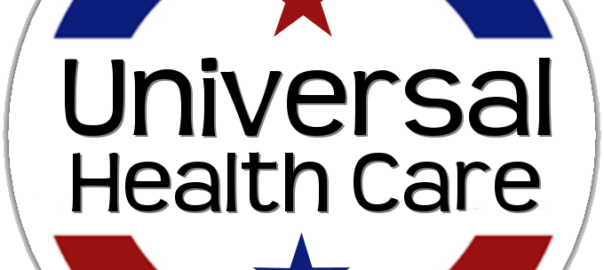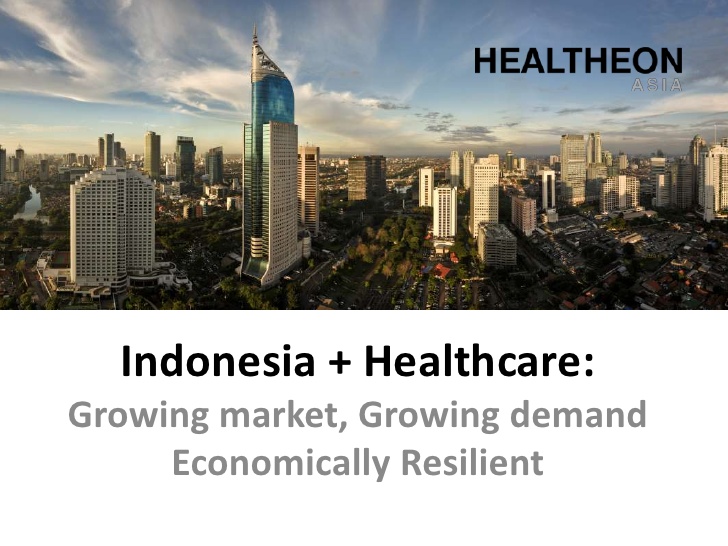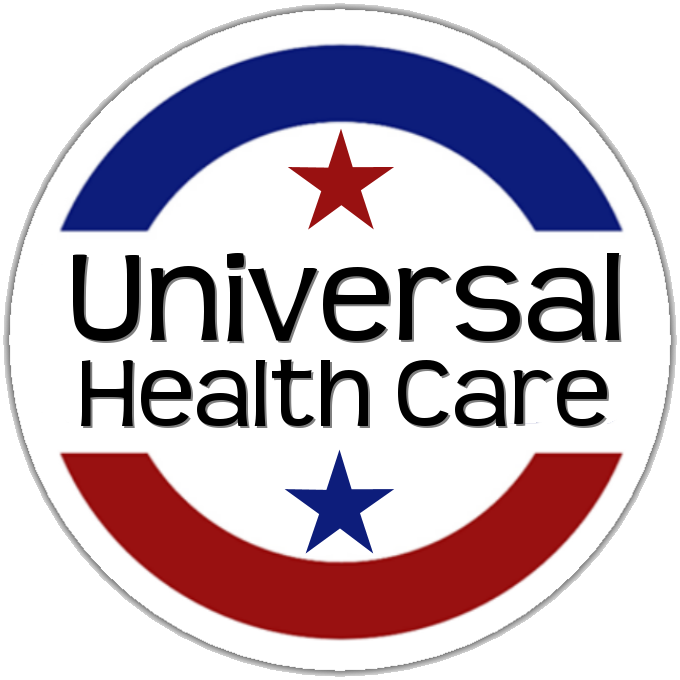Thoughts from a crowded Starbucks in Jakarta, Indonesia
Over my career, I’ve been fortunate to have studied and assisted healthcare systems all over the world. This past week, Sterling Medical Advice had the pleasure, privilege and outright honor of being invited to spend a week in Indonesia with the U.S. Department of Commerce on a healthcare mission in what will be a recurring role. By way of introduction (in case you weren’t aware), Indonesia is the fourth most populous country in the world (right after the U.S.) with a population of approximately 252 million people. It is approximately the same size as the United States, and it is a democracy and a member of the G-20 (with the 17th largest world economy).
More relevantly, Indonesia is in the midst of becoming the largest country in the world to implement a system of universal healthcare for its citizens. That’s right: by 2019, Indonesia will have enrolled their entire population in a universal healthcare system that is not owned or run by the government. This is a living rebuttal to those who insist that universal healthcare is necessarily socialist medicine.
There are some interesting observations to be made and contrasts between the system design and our own healthcare system. The U.S. currently spends over $8000 per person on healthcare per year; in Indonesia the average spend will be $60/person. This translates into Indonesia spending approximately $15 billion annually on health care after implementation of its new system, compared with over $2 trillion spent in the U.S., inclusive of Indonesia’s goal of doubling its current contributions toward its citizens’ health as part of its healthcare reform.

Dr. Sterling with Dr. Hasbullah Thabrany, professor of health policy at the University of Indonesia in Jakarta and architect of the world’s largest healthcare system
Access will be the foremost priority in the new system of Indonesia, whereas in the U.S., choice is the core component. Still, reform efforts of both systems are prioritizing access; unfortunately in the U.S., access still usually means utilization of the emergency room as a last resort as opposed to having everyone connected to a primary care physician.
Both systems suffer from dramatic physician shortages. In the U.S. this shortage has been addressed by the expansion of numbers and responsibilities for physician assistants and nurse practitioners. Indonesia has yet to permit non-physicians to obtaining status as independently licensed practitioners. In Indonesia, medical schools are opening in an attempt to address the shortage over the long-term; this is not a policy priority in the U.S.
These comments aren’t meant to suggest one country’s approach is better or worse. Such opinions are best addressed by review of objective data. Prior to the implementation of the Affordable Care Act in the U.S. and the current effort in Indonesia, both countries were performing less that either would have wanted. The World Health Organization’s (in)famous rankings of various countries’ systems (based largely on access and outcomes) placed the U.S. system #38 despite being the most expensive and Indonesia’s #92 while being #154 in costs. On the other hand, the U.S.’ ongoing spending of $2 trillion annually on healthcare does wonders for our economy.
As much as anything, the successful implementation of a universal healthcare system in a country the size of Indonesia should encourage those in the U.S. who have long advocated for such here, meaning if the political will ever existed, it could be accomplished. Unfortunately, the ingrained financial interests here continue to outweigh the desires of the public health community.
In the meantime, appreciate that the basics of a country’s ideal healthcare system should be the tools you utilize as your personal healthcare system. Embrace prevention through diet, exercise, screenings, immunizations and healthy life choices. Obtain information and advice to help guide your health decisions. Find a primary care physician. Get prompt treatment when you need it. The benefits of good health are worth the effort at every level.
Thanks for liking and following Straight, No Chaser! This public service provides a sample of what 844-SMA-TALK and http://www.SterlingMedicalAdvice.com (SMA) offers. Please share our page with your friends on WordPress, Facebook @ SterlingMedicalAdvice.com and Twitter at @asksterlingmd.
Copyright © 2015 · Sterling Initiatives, LLC · Powered by WordPress




Reblogged this on Health and Medical News and Resources.